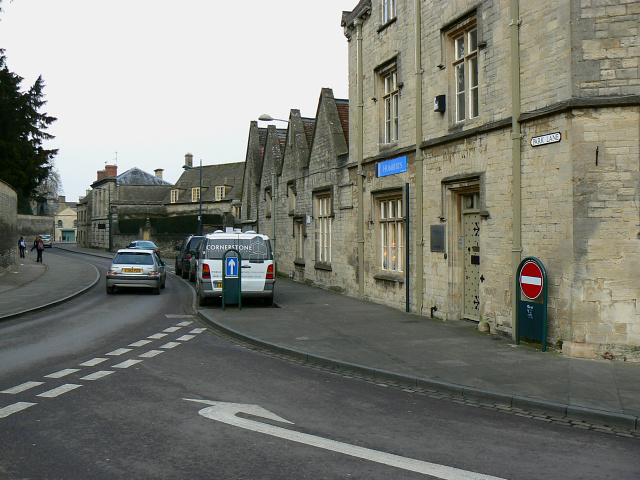|
Cirencester Castle
Cirencester Castle was a castle in the town of Cirencester in Gloucestershire, England. The castle was originally built in the 11th century in timber, with a square keep added in stone in 1107. The castle was of primarily local significance, being relatively small. During the Anarchy of the 12th century, the castle was seized in the early years of the conflict by Robert, Earl of Gloucester on behalf of the Empress Matilda Empress Matilda ( 7 February 110210 September 1167), also known as the Empress Maude, was one of the claimants to the English throne during the civil war known as the Anarchy. The daughter of King Henry I of England, she moved to Germany as .... In 1142 King Stephen seized the castle in a surprise attack, setting fire to it afterwards.Clarke, p.662. Subsequent events are disputed by historians. Most 19th-century historians argued that the castle was subsequently rebuilt and held by William de la Dive, a follower of Robert, Earl of Leicester, then ... [...More Info...] [...Related Items...] OR: [Wikipedia] [Google] [Baidu] |
Cirencester Castle Today
Cirencester (, ; see below for more variations) is a market town in Gloucestershire, England, west of London. Cirencester lies on the River Churn, a tributary of the River Thames, and is the largest town in the Cotswolds. It is the home of the Royal Agricultural University, the oldest agricultural college in the English-speaking world, founded in 1840. The town had a population of 20,229 in 2021. The Roman name for the town was Corinium, which is thought to have been associated with the ancient British tribe of the '' Dobunni'', having the same root word as the River Churn. The earliest known reference to the town was by Ptolemy in AD 150. The town's Corinium Museum has an extensive Roman collection. Cirencester is twinned with the town of Itzehoe, in the Steinburg region of Germany. Local geography Cirencester lies on the lower dip slopes of the Cotswold Hills The Cotswolds (, ) is a region in central-southwest England, along a range of rolling hills ... [...More Info...] [...Related Items...] OR: [Wikipedia] [Google] [Baidu] |
